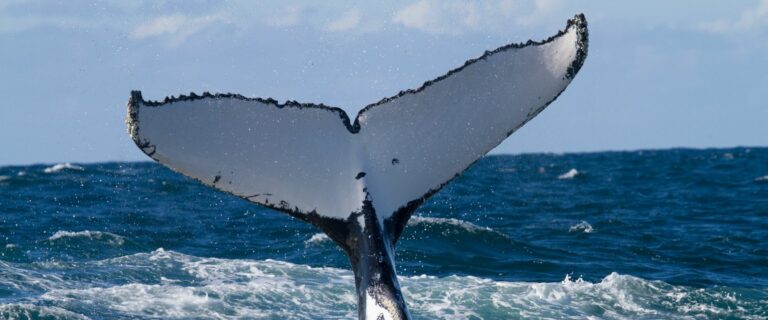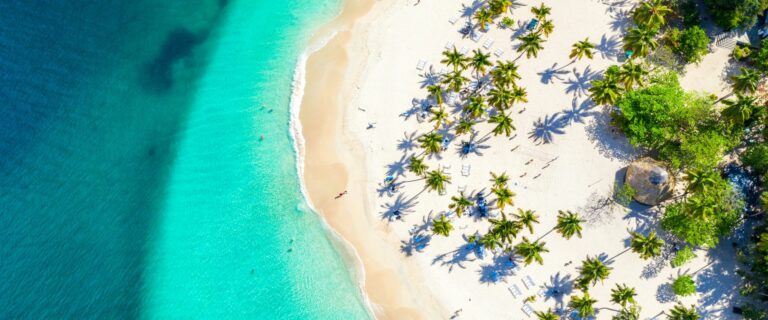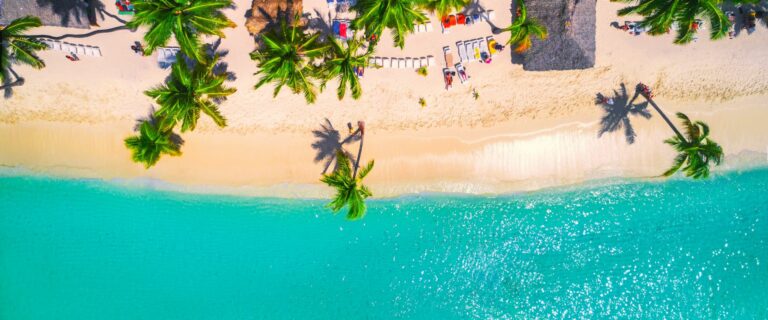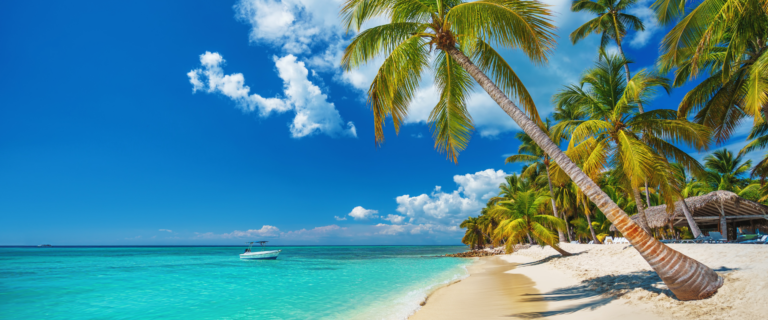Dominican Carnival
The Dominican Carnival is one of the most important festivals in the Dominican Republic.
A celebration of the people, by the people, where everyone is welcome. The only requirement is to be in the Dominican Republic on a Sunday in February. Let yourself be amazed by the rhythms, the colors, the joy, and the tradition of one of the best-kept secrets of the Caribbean: the Dominican Carnival.
When is Carnival celebrated in the Dominican Republic?

Every Sunday in February and early March, Dominicans celebrate one of their most deeply rooted traditions, which is a true expression of their identity.
Origin of the Dominican Carnival

Carnival is a pagan-origin festival that takes place before Lent. Despite not being recognized by the Church as a religious celebration, it is celebrated only in countries with a Catholic tradition.
Its name comes from the term “carnem levare,” which means “remove the meat.” This refers to the three days before Easter, the fasting period when meat was not consumed.
Although it is a tradition inherited from the Spanish in the 15th century, the Dominican Carnival has undergone a significant transformation influenced by the Taíno and African cultures. This has resulted in a carnival full of colors, rhythms, and rich traditions.
Characters of the Dominican Carnival

One of the most prominent attractions of the Dominican Carnival is its various characters, who wear impressive costumes crafted by local artisans.
Diablo cojuelo
The most popular character of the Dominican Carnival is the “Diablo Cojuelo,” with its imposing mask filled with vibrant colors. Legend has it that he was a very mischievous demon who angered the devil, so the devil threw him to the earth, and when he fell, he broke a leg and became lame. This character walks with a leather bladder in hand, using it to playfully hit carnival-goers on their backsides. If you see him approaching, we recommend you run away!
Roba la Gallina
Los Lechones
Likewise, there are other characters that we cannot fail to mention in our post, such as Califé, Se me muere Rebeca, the platanuses, the Africans, and the Indians.
Carnival in Santo Domingo

Despite each region having its particular characteristics, the main parade takes place in Santo Domingo. This is usually the first Sunday of March.
On that day, at the Malecón in Santo Domingo, everyone gathers to watch the lively comparsas (parades) and extravagant floats that come from the towns, all moving to the beat of the typical carnival merengues.
But even though the carnival in Santo Domingo hosts the main parade, we must mention that in recent years, the carnival in Punta Cana has gained significant popularity among both locals and tourists.
Did you find this information useful? We also invite you to explore all the experiences we offer at Runaway Experiences.






